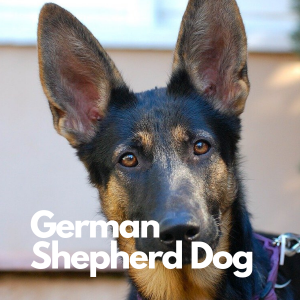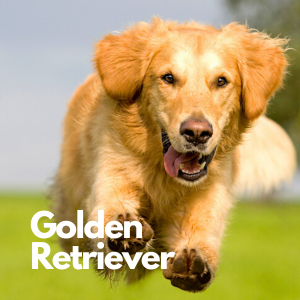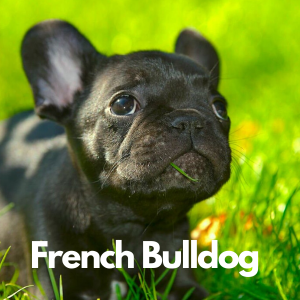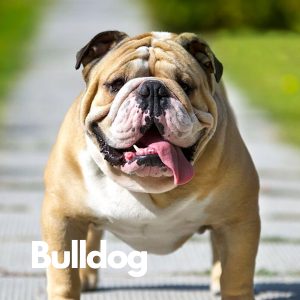
Toy
8–11 lbs.
9–10 in.
12–15 years
1. Key Characteristics
Silky Terriers are small, loving dogs with Australian roots. The eyes are almond-shaped and dark in color. The small ears are triangular and stand up on the head. The feet are small and — funny enough — resemble the feet of a cat. The tail stands up on the back of the body and is usually docked.
The coat is long and silky, and it parts in the middle of the back. The color of the coat is black when the dogs are born, but it can change into one of the many other coat colors for this breed:
- Black
- Black and tan
- Blue
- Blue and tan
- Blue silver and tan
- Cream
- Fawn
- Gray
- Gray and tan
- Silver and tan
- Silver black and tan
- Silver and platinum
2. Where They Came From
Silky Terriers were created in the 1800s by crossing a Yorkshire Terrier and an Australian Terrier.
The new breed was initially referred to as the Sydney Silky Terrier. In 1955, it was renamed Australian Silky Terrier. Eventually, the Silky Terrier and Australian Silky Terrier were separated into different breeds. The breed appeared in the United States when soldiers brought the dogs back from World War II.
Breed standards were written in 1906 and 1909 in Australia. A revised breed standard was issued in 1926. The Silky Terrier was recognized by the American Kennel Club in 1959.
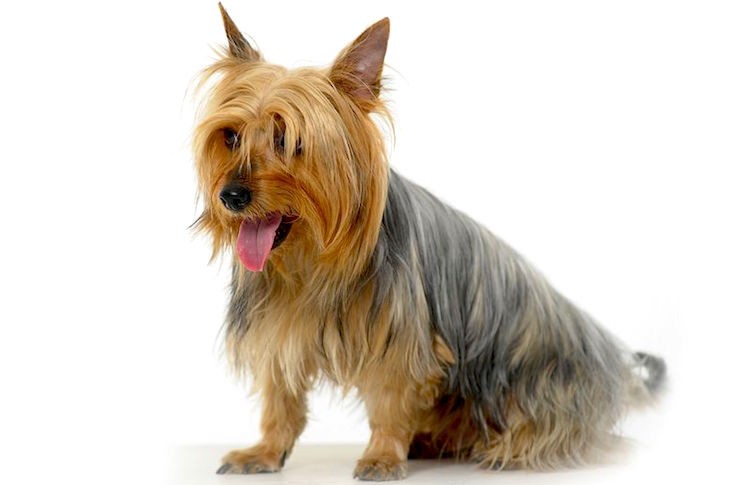
3. How Friendly Are They?
Silky Terriers are affectionate, smart and friendly. They are great watch dogs because of their alertness, but they can also be stubborn. They act more like terriers than typical lap dogs.
They are good with children and other pets, and are adaptable. They like to be close to family members and don’t do well being ignored or left alone for a long time.
According to Vince Stead, author of Fun Training Your Silky Terrier Puppy and Dog, separation anxiety or changes in the household can cause a Silky Terrier to have urination accidents. Limit your time away from your dog and have a plan in place if you need to be gone for a long time.
4. Is This the Right Dog for You?
Exercise Needs
MEDIUM: This breed is more terrier-like than toy, so expect a lot of energy and stamina. The dogs like to play and spend time outdoors. Daily walks are a necessity. Silky Terriers are adaptable and active indoors, so they do well in apartments or urban areas.
Grooming Needs
MEDIUM: There is little-to-no shedding, but you’ll need to brush your Silky Terrier every day. The coat mats easily. The hair can split and tangle. Using a moisturizing shampoo and conditioner can alleviate these problems. Bathe your Silky Terrier often to keep the hair in good condition.
Also, trim the coat to stay off the ground and trim the hairs around the ears, between the eyes and on the feet (in addition to regular maintenance such as teeth brushing, nail trimming and ear cleaning).
Health Problems
LOW: Possible health problems include:
- Patellar luxation
- Eye disease
- Legg-Calvé-Perthes disease
- Hypothyroidism
Let’s take a closer look at these smart, tenacious canines:

5. Where to Adopt One
Shelters and rescues should be your first steps in finding a Silky Terrier. If you contact a breeder, make sure the dog’s parents are healthy and are being raised in good conditions.


